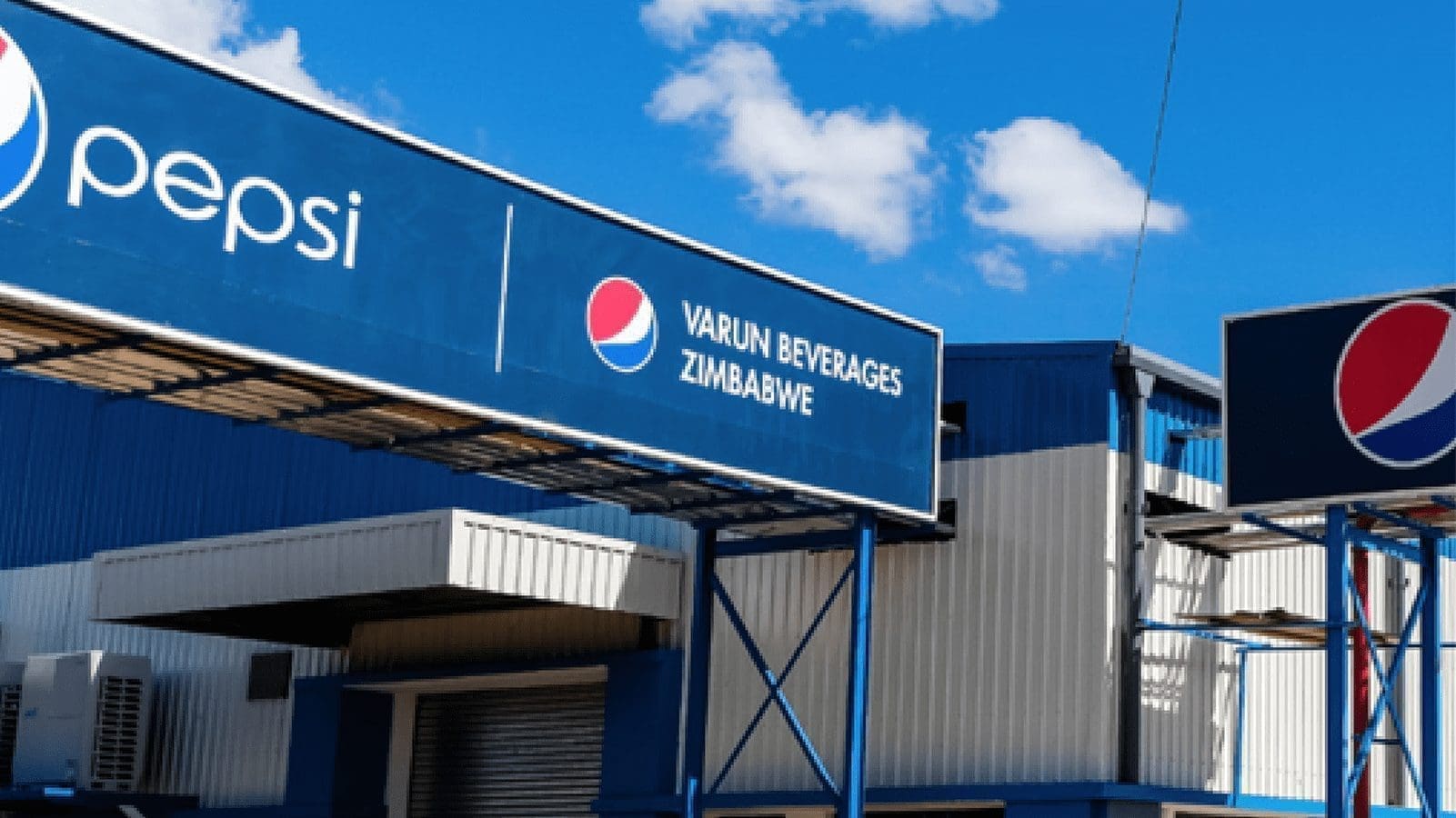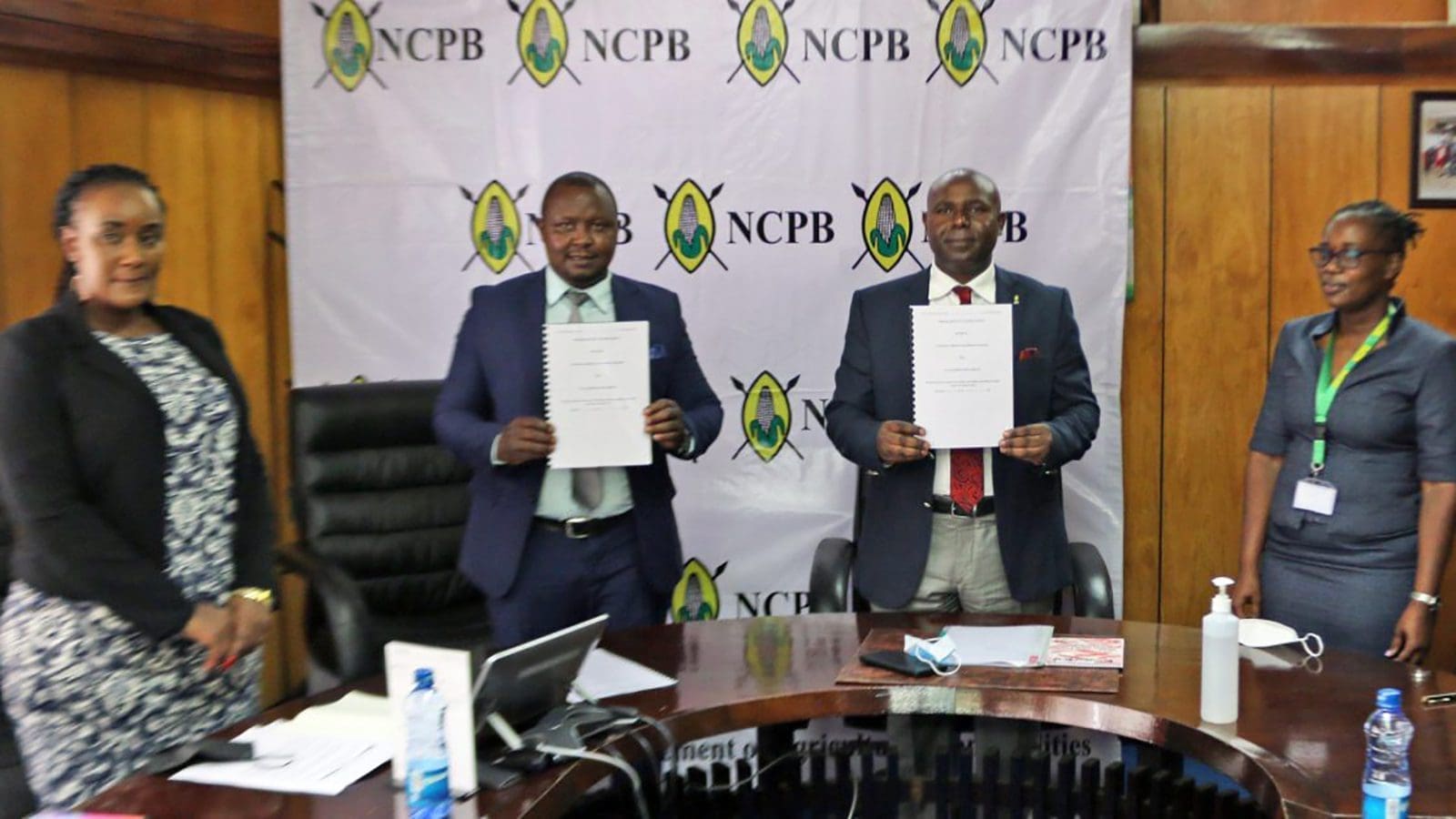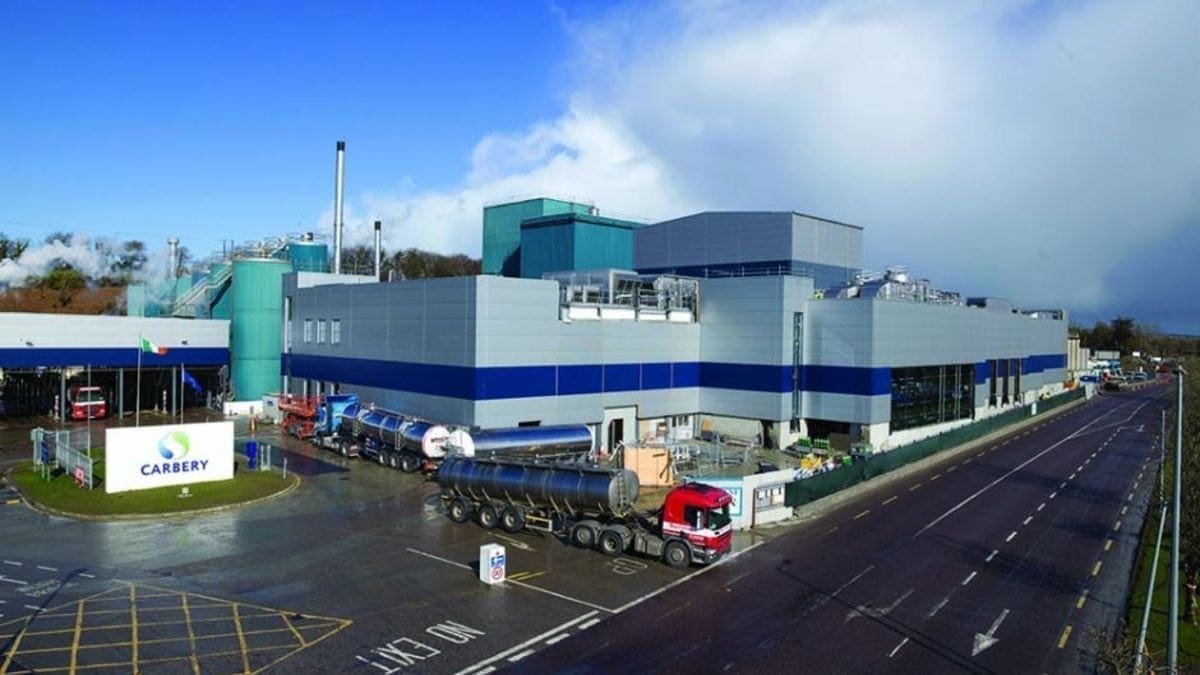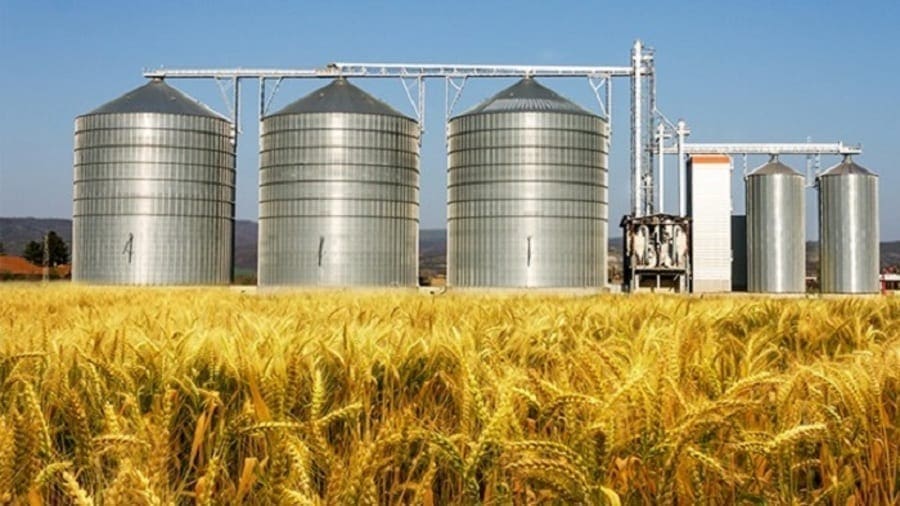Pepsico has had a checkered history since it first landed on the shores of the African continent some 73 years ago. Its previous market entry strategies, particularly in South Africa largely failed, but recent moves could change the game.
PepsiCo’s history in Sub-Saharan Africa dates to 1948 when the company set foot in apartheid-era South Africa. Using the South African nation as its base, PepsiCo ventured northwards, launching operations in Kenya, Uganda, and Tanzania in the East and Nigeria in the west.
Throughout the region, Pepsico’s approach was much like Coca-Cola’s: outsource bottling operations to independent bottlers. According to Euromonitor, the drink giants find this strategy attractive as they get to largely retain control over beverage production, sacrificing some margin but satisfying investors by reducing direct exposure to the volatility of distribution costs.
Having failed several times, PepsiCo is changing its strategy on the African continent and now prefers to have more boots on the ground than it previously did. With growth slowing down in North America and Europe, Africa, with a rapidly expanding middle class, presents opportunities that PepsiCo cannot ignore. The region may just prove PepsiCo’s last growth frontier.
Spreading the PepsiCo fizz in East and West Africa
Perhaps the most successful of PepsiCo’s franchises in Africa is the Seven Up Bottling Company (SBC). Launched in 1960 by Lebanese national Mohammed El-Khalil, the company, the largest of PepsiCo’s bottling franchises, controls over 40% of Nigeria’s beverage drinks market.
From its 9 bottling facilities in Nigeria, the company also exports its PepsiCo products to the rest of the west African region. A 10th bottling facility is in neighboring Ghana to serve the rapidly expanding Ghanian market. In July 2021, the company celebrated its 60 years of operations in Nigeria with the launch of a new look and identity. It also launched its new office building in June, at its corporate headquarters in Ijora, Lagos, as it seeks to become a hub of quality products and solutions.
SBC has also been bold enough to re-introduce the Pepsi brand in Tanzania and Kenya, where it had completely disappeared thanks to dominant Coca-Cola that made PepsiCo’s investments make losses. In 2021, SBC marks 20 years of operations in Tanzania, having launched operations back in 2001.
Today, the 350ml bottles of Pepsi, 7Up, Mirinda, and Mountain Dew are ubiquitous in the country and can be found in Mwanza, a considerable distance from the company’s base in Dar es Salaam. With the success of the Pepsi brand in Tanzania, SBC in 2013 invested in a new US$28 million bottling facility at the heart of Kenya’s capital Nairobi, to take on market leader Coca-Cola.
Where previous franchisees have failed, SBC proved resilient, reducing Coca-Cola’s absolute dominance in East Africa and increasing PepsiCo’s market share to over 20%, according to 2019 Standard Chartered report on the East African soft drinks market.
Varun re-ignites cola wars in Southern Africa
Apart from SBC, Varun Beverages is the other PepsiCo franchise with operations in more than one African country. Based in Guruguram, India, Varun Beverages is the second largest bottler of PepsiCo drinks outside the United States.
In Africa, it is credited for introducing the brand in Zimbabwe, Zambia and Mozambique. The company first arrived in Zambia in 2015, injecting US$30 million into the establishment of a new bottling facility in the country’s capital Lusaka. Starting a new cola war with rival Coca-cola, the company invested hugely in advertising its products particularly on billboards that covered almost every corner of the capital. The company also did a good job in how they placed their products in supermarkets and restaurants.
Varun’s efforts bore fruits as Zambians readily embraced the products. No one knows if it was Pepsi’s taste, its higher quantity, or its lower price that had Zambians hooked. What we however know for sure is that a year into production, the company recorded sales volumes of 10.7 million cases and reported to be “highly profitable with strong free cash flow generation.” This prompted the Indian-based bottler to raise its stake in its Zambian subsidiary from 60% to 90% in 2017.

Three years after launching in Zambia, Varun tried to replicate the same success in neighbouring Zimbabwe. In Harare, the company injected an initial capital of US$30m into a new plant. Costs however spiraled and by the time of commissioning in 2018, the Zimbabwean plant had cost the Indian bottler about US$50 million. Zimbabwe has however turned out to be a difficult market. Unlike Zambia, the company was reported in 2019 to be having challenges recouping its investment due to a turbulent economic environment characterised by an acute foreign currency shortage.
The company is however not giving up hope yet, like it did in Mozambique in 2015 when it divested 41% of its stake in the local subsidiary due to what it termed as limited opportunities to scale up operations. As a show of its commitment to Zimbabwe, the company recently commissioned a new production line to ramp up production of its Aquaclear bottled mineral water.
In July, the company announced plans to have 1,000 more push carts to supply its products in remote rural villages and small population areas of Zimbabwe. “This move will also create employment and enable availability of affordable, world class products in the remote markets of Zimbabwe,” Varun Beverages Zimbabwe Vice President Fungai Murahwa said.
Varun targets 50% of the country’s beverage market by 2030 and despite the challenges, it is hopeful that the business will potentially thrive in the long term. In a state visit to Zimbabwe, Varun Chairperson Ravi Jaipuria expressed interest to diversify into production of key agricultural products and that his company was looking at opportunities in dairy, juices and potato farming, and manufacture of chips in the long term.
The company has already received support from the highest levels of government with President Mnangagwa, while delivering his keynote address, confirming the Indian billionaire’s request for farming land, and pledged to avail prime land for him to produce crops that are in short supply in Zimbabwe. If Varun does not make it with Pepsi Cola and 7Up, maybe a bet on dairy, juices, and potato will help. PepsiCo’s snacks business Fritolay, has proved diversification works and maybe Varun could borrow a leaf or two from its much larger partner.
Crown Beverages: PepsiCo Bottler of the year
In the PepsiCo portfolio of African bottlers, Moha Soft Drinks of Ethiopia and Crown Beverages of Uganda stand out as the only locally owned business establishments.
The two companies have also proved to be among the most resilient of PepsiCo’s businesses. Moha Soft Drinks has been in operation since 1996 and today celebrates 25 years of existence while Crown Beverages has refreshed Ugandans with Pepsi Cola and 7Up drinks for more than 28 years now.
Despite being considerably smaller than its peers SBC and Varun, Crown Beverages also achieved a milestone in 2018 when it was crowned the PepsiCo Europe and Sub-Saharan African (Europe and SSA) Bottler of the Year.
The award is the highest annual regional recognition given to bottlers premised on quality standards, community support, customer service, volume and sales growth as well as a proven commitment to performance with purpose. Crown Beverages beat 65 other bottlers from the region which also includes more advanced bottlers in Europe to win.
To keep with evolving consumer trends, Crown Beverages also recently launched Pepsi MAX, a no sugar cola targeted at health-conscious consumers in Uganda. It is also noteworthy to add that Crown Beverages is the only bottler that has managed to control a much larger market share than one enjoyed by Coca-Cola in the continent. Although market shares shifts and competition is rife in Uganda, this is one region that Pepsi has given Coke a run for its money and succeeded.
Today, the 350ml bottles of pepsi, 7up, mirinda, and mountain dew are ubiquitous in Tanzania and can be found as far as Mwanza
South Africa – PepsiCo’s elusive market
PepsiCo has always had an eye for South Africa. Being Africa’s most developed country meant that there was enough disposable income to purchase its products. It first launched in 1948 but was forced to suspend operations in 1985, after bowing to international pressure that called on companies to cease operations in the apartheid nation.
During its return 9 years later, PepsiCo found a more robust Coca-Cola and was forced to shut down operations in 1997, saying that “Coke’s stranglehold was too tough to pry loose.” In 2006 PepsiCo made a second ill-fated attempt to return to South Africa, this time through a “franchise agreement” with Pioneer Foods. Again, consumers just didn’t bite, and by November 2014, Pioneer said it could no longer swallow the losses it was running up because of the deal.
In mid-2015, Pepsi found a new partner in South Africa, Softbev, since merged into The Beverage Company. That company too ran into tough financial times before a cash injection from private equity firms. Despite the headwinds and difficulty in market penetration, The Beverage Company, has managed to keep the Pepsi brand alive in South Africa, although Coca-Cola still dominates the market.
Realizing going head-to-head with Coca-Cola in South Africa was a losing battle, PepsiCo in 1995 decided to change its strategy. Instead of relying on soft drinks alone, the company decided to diversify into snacks business.
This is an area that PepsiCo is good at. In fact, the snacks business props up the company across the world making it twice as large as Coca-Cola. Beverages only accounted for 45% of the company’s total revenues in 2020, while the rest was contributed by the food division, led by Frito Lay North America (the company’s largest snack division) which delivered 46% of the company’s profits in 2020.
Starting from scratch in South Africa would have been a herculean task, so PepsiCo eyed an established local player in the name of Simba. Launched in 1957 by Leon Greyvenstein, Simba was already a household name by the time PepsiCo was acquiring it in 1995. Leveraging its extensive market reach, PepsiCo was able to introduce its other globally acclaimed snack brands such as Lays and Doritos into the South African market and by early 2000s, the company was controlling 63% of the country’s potato chips market. Finally, PepsiCo had got it right in South Africa, and may be replicating the same model across the sub-Saharan region wouldn’t be such a bad idea.
A new approach to gaining market dominance in Africa
Even with the success enjoyed by the company’s division in South Africa, the maker of Doritos and Lay’s snacks never really considered replicating the same model in the rest of the region.
Slowing growth back at home and a desire by CEO Ramon Laguarta to give PepsiCo a greater global presence however pushed the company into seriously considering strategies to grow into the sub-Saharan Africa market.
In this regard, PepsiCo decided to upscale its South African success by acquiring Pioneer Foods, a larger food processing company based in South Africa but with a market reach estimated to span 80 countries. With the acquisition, PepsiCo not only got access to Pioneer Foods’ distribution facilities, but also its local executives, who can continue to guide the merged company’s growth.
In South Africa where it has failed to make a significant dent with its Pepsi soda, market analysts believe that with Pioneer’s established relations with retailers across the country, maybe finally Pepsi, Mountain Dew, and 7Up brands will have a fighting chance. Pioneer has a massive distribution network throughout South Africa – and the kind of relationship with major supermarkets that make for prime placement, notes Business Insider.
PepsiCo will almost certainly use the Pioneer Foods network to launch some of its products in South African supermarkets, says Schalk Louw, a portfolio manager at PSG Wealth. “Go into any shop and compare how Coca-Cola is placed compared to Pepsi’s beverages. Coke has pride of place, while the Pepsi products will be right at the back, if in the store at all.” This may change under Pioneer’s charge and influence.
PepsiCo is also expected to lean on this infrastructure and further invest in it so it can support the distribution of PepsiCo products and serve as a gateway into adjacent geographies. “Pioneer Foods represents a differentiated opportunity for PepsiCo and allows us to immediately scale our business in Africa,” Laguarta said during the acquisition. “Pioneer Foods forms an important part of our strategy to not only expand in South Africa, but further into sub-Saharan Africa as well,” he added.

Analysts at Business Insider South Africa are projecting that some of PepsiCo’s biggest snack products such as caramel-coated popcorn and peanuts Cracker Jack, puffed wheat snack Sabritones and the legendary half-century-old fake onion rings Funyuns, could well be heading to SA shores following the acquisition.
The birth of PepsiCo Sub-Saharan Africa
A US$1.7 billion investment is certainly not be taken lightly. To show its seriousness about its operations in the continent, the New York based food and beverage giant created the PepsiCo sub-Saharan Africa region to oversee its foray into the market with an estimated population of 1.14 billion.
The PepsiCo SSA region was further beefed up in January of 2020 when PepsiCo acquired Senselet from Netherlands-based Veris Investments. Founded in 2015, Senselet Foods has a leading market position in Ethiopia with its Sun Chips brand that is produced from locally sourced potatoes.
In May 2020, the company appointed Pioneer Foods CEO Tertius Carstens as CEO of the new region, reporting to Eugene Willemsen, current CEO of PepsiCo Africa, Middle East, and South Asia region. During his appointment, PepsiCo revealed that the Sub-Saharan Africa headquarters will be based in South Africa and Carstens will be supported by four business unit leaders – responsible for Essential Foods, Groceries, South Africa Snacks and Sub-Saharan Africa Foods and Beverages respectively.
PepsiCo competitors might be jittery about its enhanced presence in the region, but farmers are a happy lot. The maker of Doritos and Lays chips has for instance committed to expanding its Sustainable Farming Program in Africa and work with local farmers in Pioneer Foods’ communities – including women and rural smallholders – to help boost yields, improve livelihoods, and preserve precious natural resources.
The company has also created the PepsiCo Development Fund, which aims to create local jobs, increase local procurement, build small businesses, support education and holistically contribute to black economic empowerment in South Africa. The Development fund will also focus on providing access to affordable capital, offering year-round technical support, and increasing the adoption of regenerative agriculture practices to build farmer resilience.
A US$2.5 trillion market
PepsiCo has all reasons to be upbeat about its expanded presence in Africa. Unlike North America where the company’s growth has slowed down to an average of 1.5%, Sub-Saharan Africa and Europe have been recording a CAGR of 6.2% from US$10.2 billion in 2016 to US$11.5 billion in 2018, according to figures from Nasdaq. This is projected to grow even further as more and more people in the Sub-Saharan Africa get into the middle class or upper class.
An Africa In Focus report by Landry Signé, projects that the household consumption in the region is predicted to reach US$2.5 trillion by 2030. This market undoubtedly presents a new growth avenue for PepsiCo to more than offset the slow down which is expected to continue in North America.
The creation of the African Continental Free Trade Area (AfCFTA) also presents a major opportunity for PepsiCo as it is expected to reduce tariffs among member countries and cover policy areas such as trade facilitation and services. This will make it easier and cheaper for PepsiCo to spread its products across the region, further accelerating its growth plans.
Africa is however an unpredictable market. Predicting what would happen in the next 5 years can be as hard as finding a needle in a haystack. Only time will tell whether PepsiCo’s new strategy will be a success or a spectacular failure.
This feature appeared in the July/August 2021 issue of Food Business Africa. You can read this and the entire magazine HERE











